CAMP BUNDELA, India (Oct. 27, 2009)- Exercise Yudh Abhyas 09, an annual bilateral battalion-level field training exercise between the Indian and U.S. Armies, and the largest deployment of Strykers outside of Iraq and Afghanistan for Pacific Rim Forces, concluded with a ceremony at the Babina Indian Army base, Oct. 27.
This year, the exercise joined two mechanized units for the first time, Soldiers from the Indian Army's 7th Mechanized Infantry Battalion, 94th Armored Brigade, 31st Armored Division and the U.S. Army's 2nd Squadron, 14th Cavalry Regiment, "Strykehorse," 2nd Stryker Brigade Combat Team, 25th Infantry Division, from Schofield Barracks, Hawaii.
"This exercise indeed is a landmark. For the Indian Army, this is the biggest we have done with any foreign army," said keynote speaker Lt. Gen. A.S. Sekhon, Indian army director of general military operations, who was joined by counterpart Lt. Gen. Benjamin R. Mixon, commanding general, U.S. Army, Pacific.
"This has been an historic and exciting edition of Yudh Abhyas, with the inclusion of the Strykers from the U.S. Army," said Mixon. "This fighting vehicle is fully network-capable, and it has performed superbly in Iraq and Afghanistan and can be prepared for any contingency."
YA 09 consisted of two weeks of peacekeeping operations, along with the exchange of staff organizational tactics related to peace operations at various levels. Participants engaged in a variety of missions, from joint planning and executing, a variety of artillery ranges both in and out of vehicles, to cordon and search operations as-well-as search and rescue training.
"Yudh Abhyas 09 is an excellent example of opportunity for professional and cultural exchanges, teamwork, and most importantly, increasing our friendship," said Mixon. "Our goal is not just to maintain our relationship, but to broaden it and deepen it."
The 17 Strykers played a vital role in this fifth iteration of the exercise as the U.S. Soldiers had an opportunity to showcase one of the U.S. Army's newest vehicles.
"The Strykers provided an opportunity to demonstrate their capabilities to the Indian army," said Mixon to the formation of troops. "Likewise, our Soldiers were able to experience your (Indian Army) equipment, and your tactics and techniques have taught us a great deal. We're proud to have been a participant in this exercise."
Armored vehicles the Indian Army used during the exercise included the Boyevaya Mashina Pekhoty, or BMP, a Russian tank similar to the Bradley Tank, and the T-90, a Russian Main Battle Tank, which is similar to the U.S. M1 Abrams tank. Soldiers from both battalions were embedded with one another for a number of missions and had multiple opportunities to train with the other army's equipment.
"I got to use the Dragunov, their sniper rifle," said U.S. Army Staff Sgt. Erich Harp, operations non-commissioned officer, Troop C. "It was highly accurate and easy to handle, and it was a unique opportunity to be able to engage targets with an allies weapon, which led us to a greater understanding of our mutual capabilities."
Lt. Col. Jim Isenhower, commander, 2nd Squadron, 14th Cavalry Regiment, "Strykehorse," 2nd Stryker Brigade Combat Team, 25th Infantry Division gave glowing reviews of the training.
"Yudh Abhyas 2009 was not only characterized by tough and realistic training, but also by regular professional exchange in the form of combined lectures,
routine athletic exchange in organized sports competitions, and extensive
cultural exchange through shared meals, cultural celebrations, and
local tours," he said. "The operation was full-spectrum training along multiple lines of effort that allowed the Squadron to redeploy as better trained Soldiers and more culturally astute professionals."
With all this positive exchange between both militaries, future Yudh Abhyas exercises are in the process of being planned.
"Next year we will see how we can take this cooperation forward and get on to conducting more exercises for the benefit of the two armies," said Sekhon.
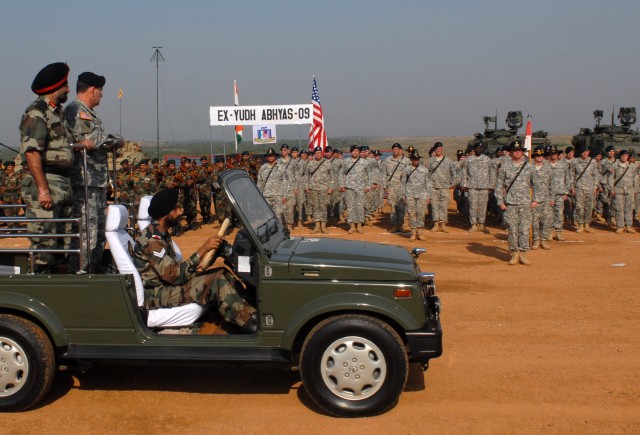
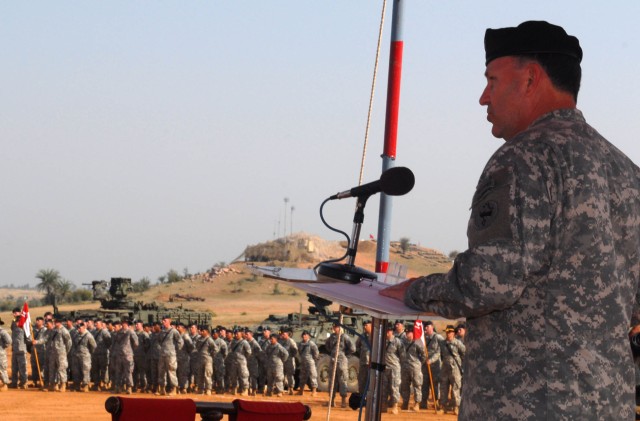
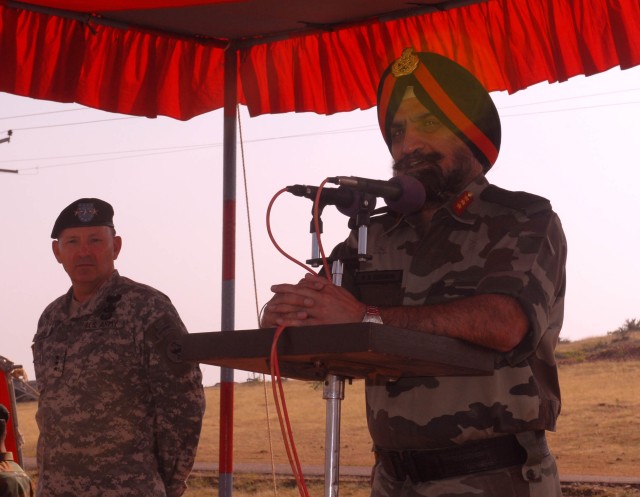
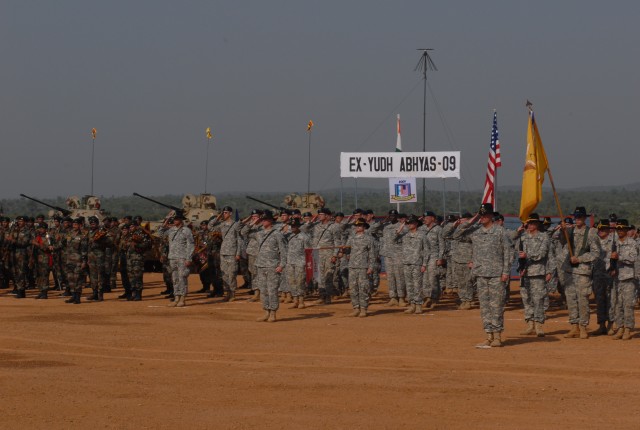


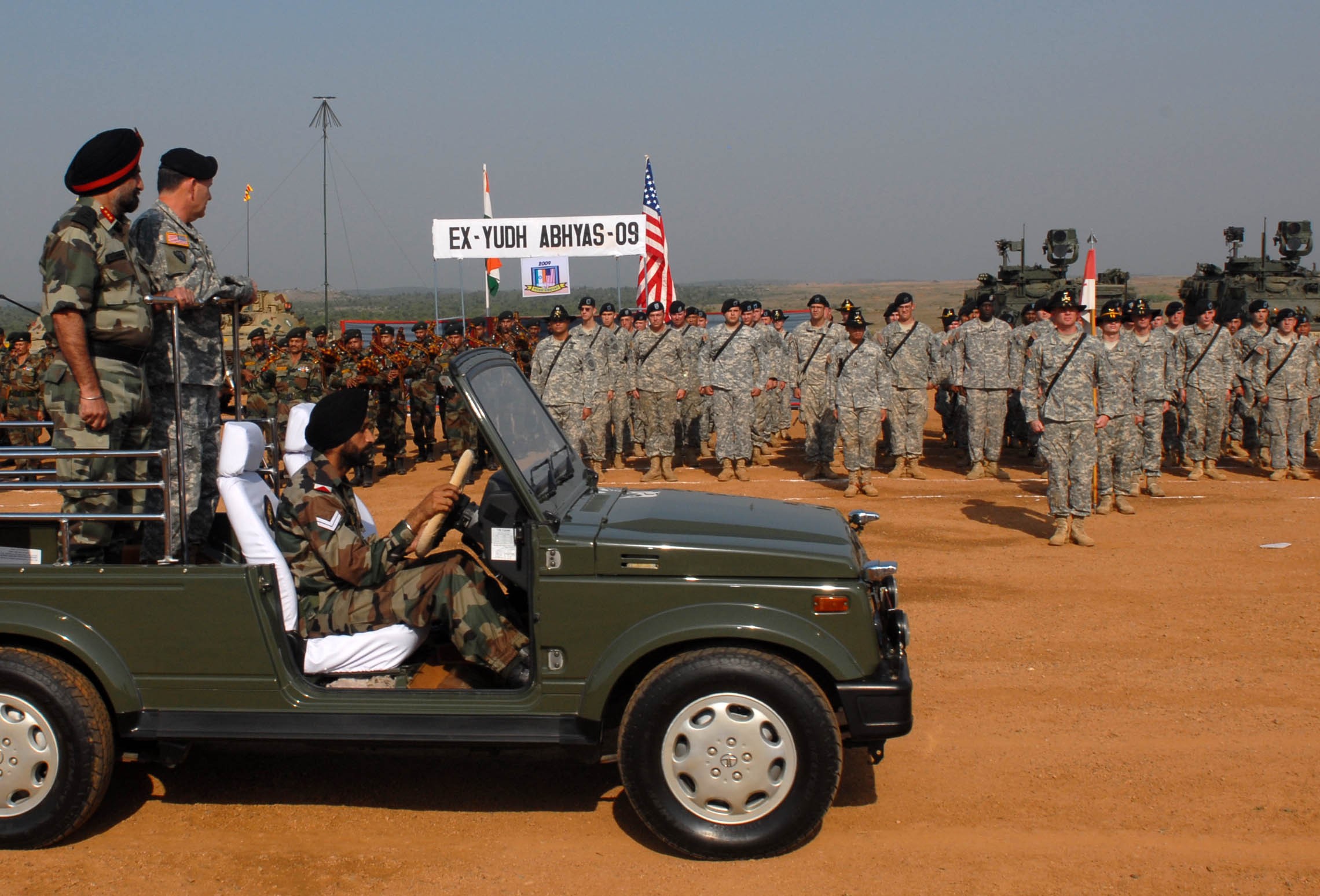
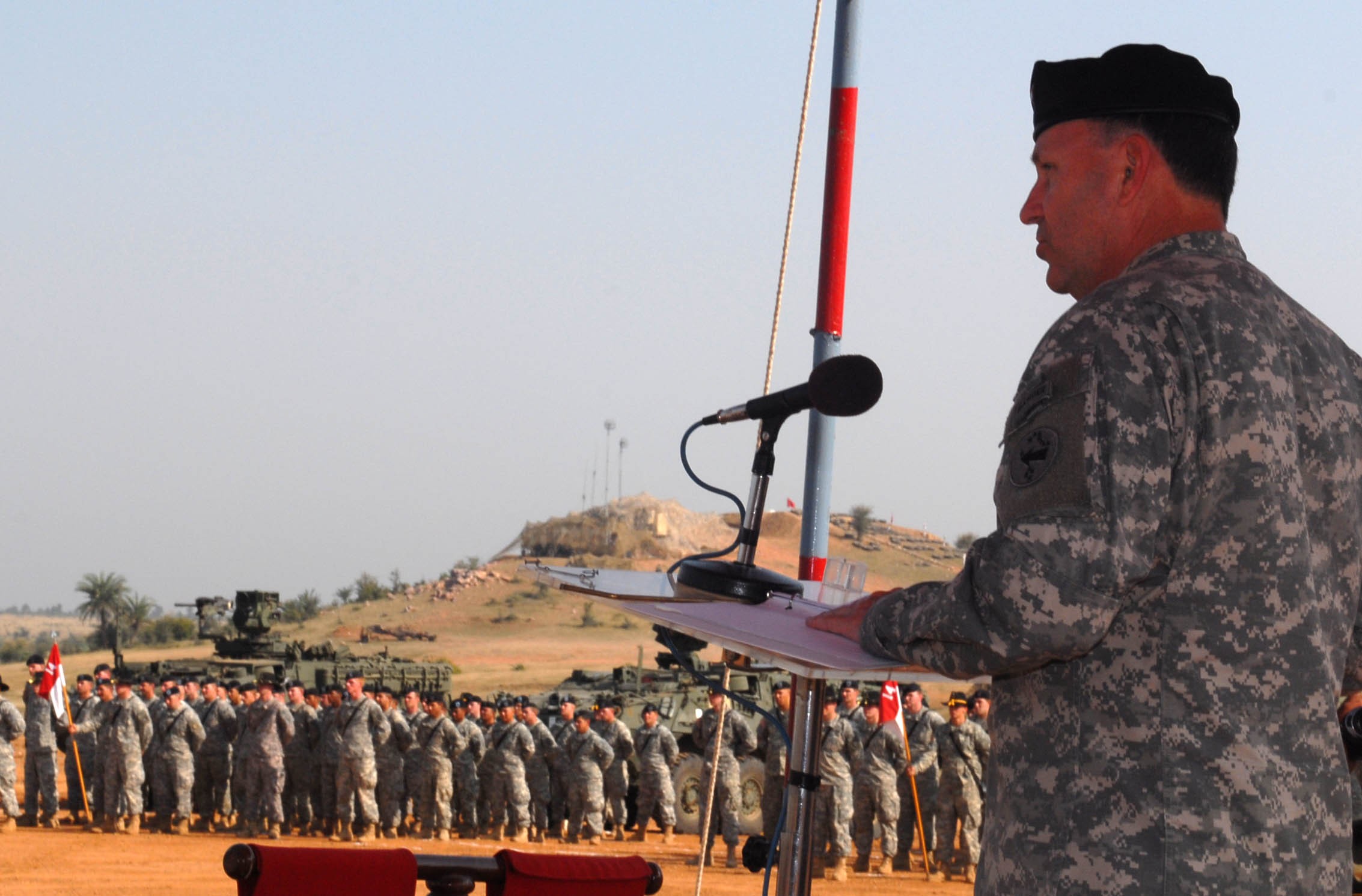
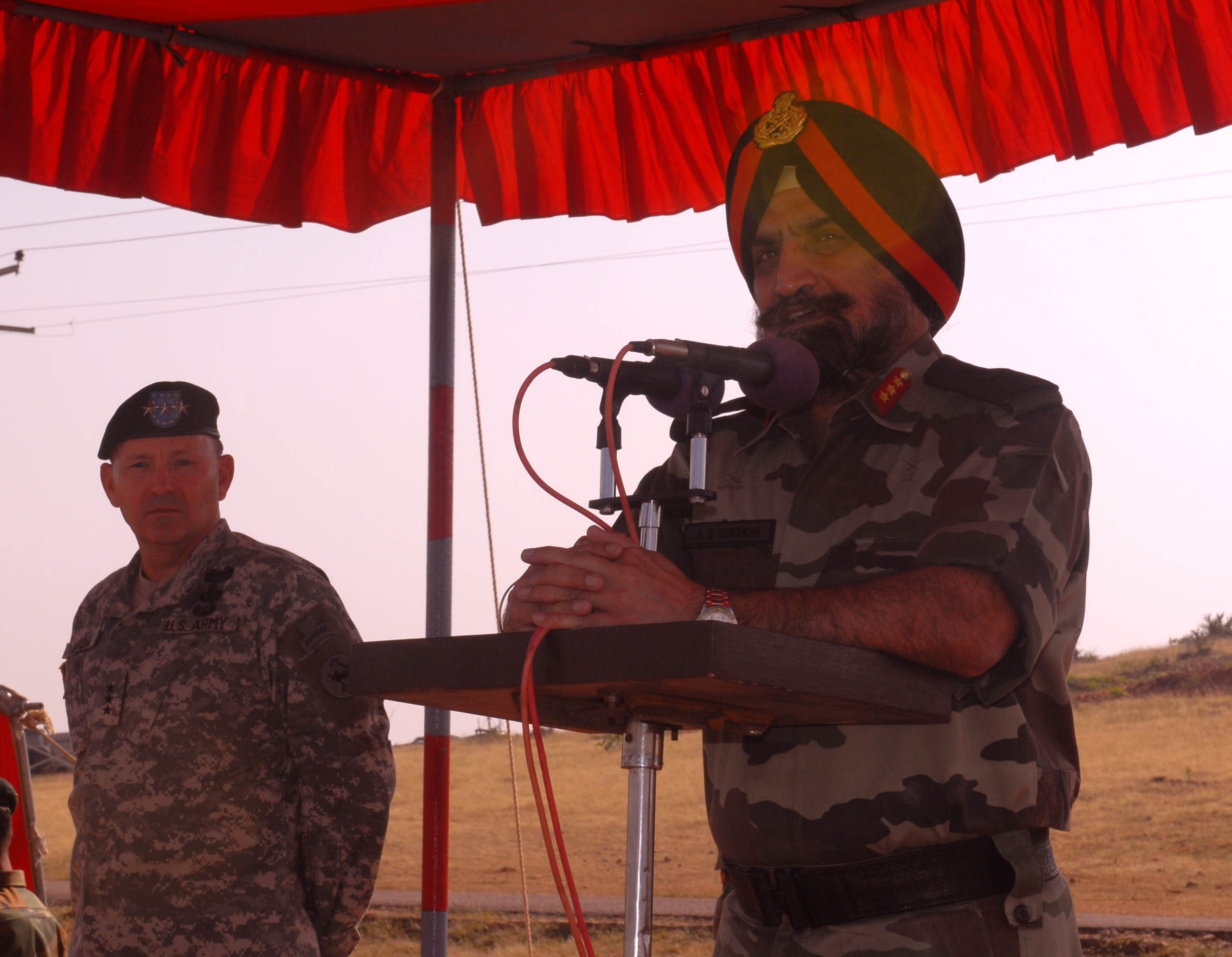
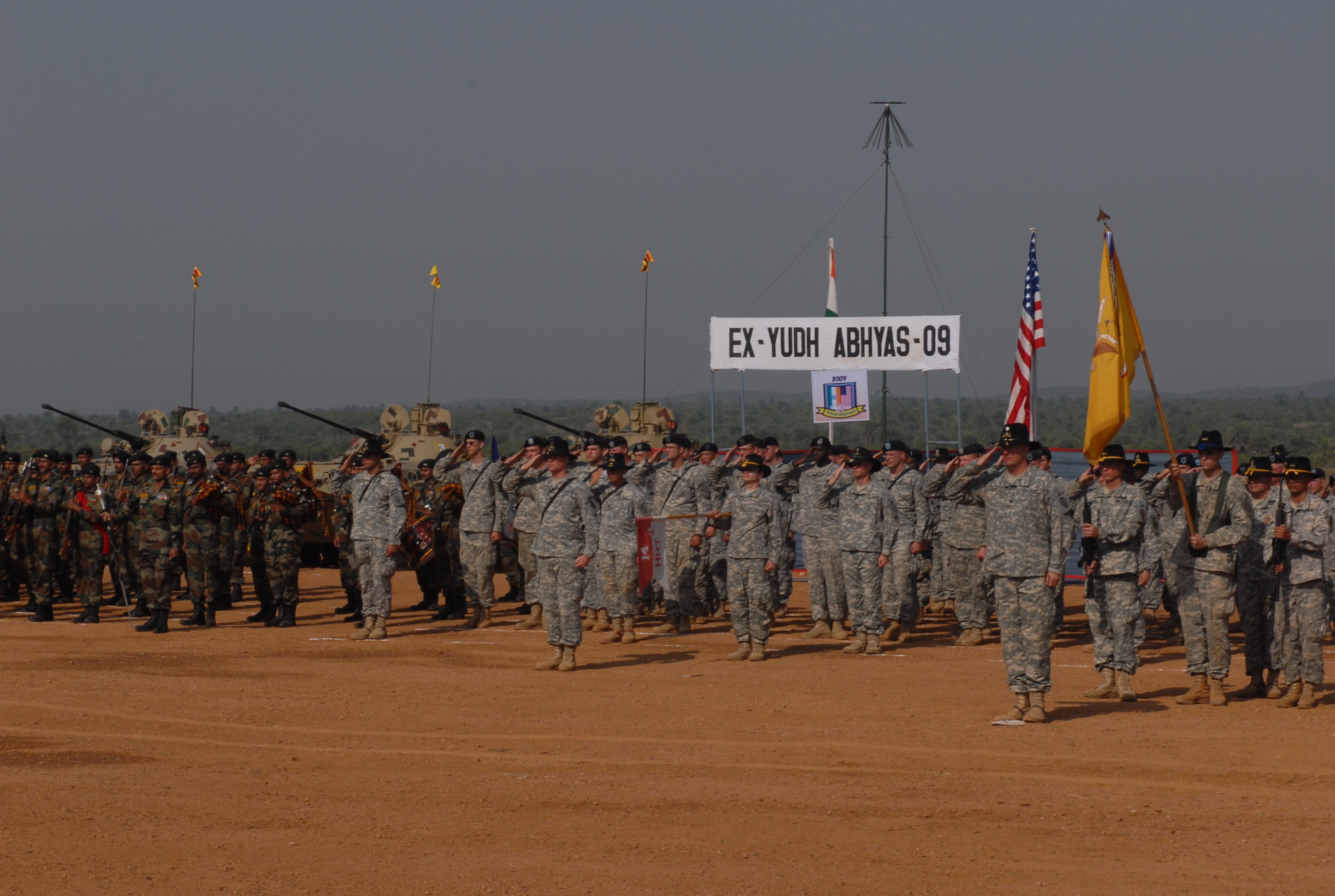
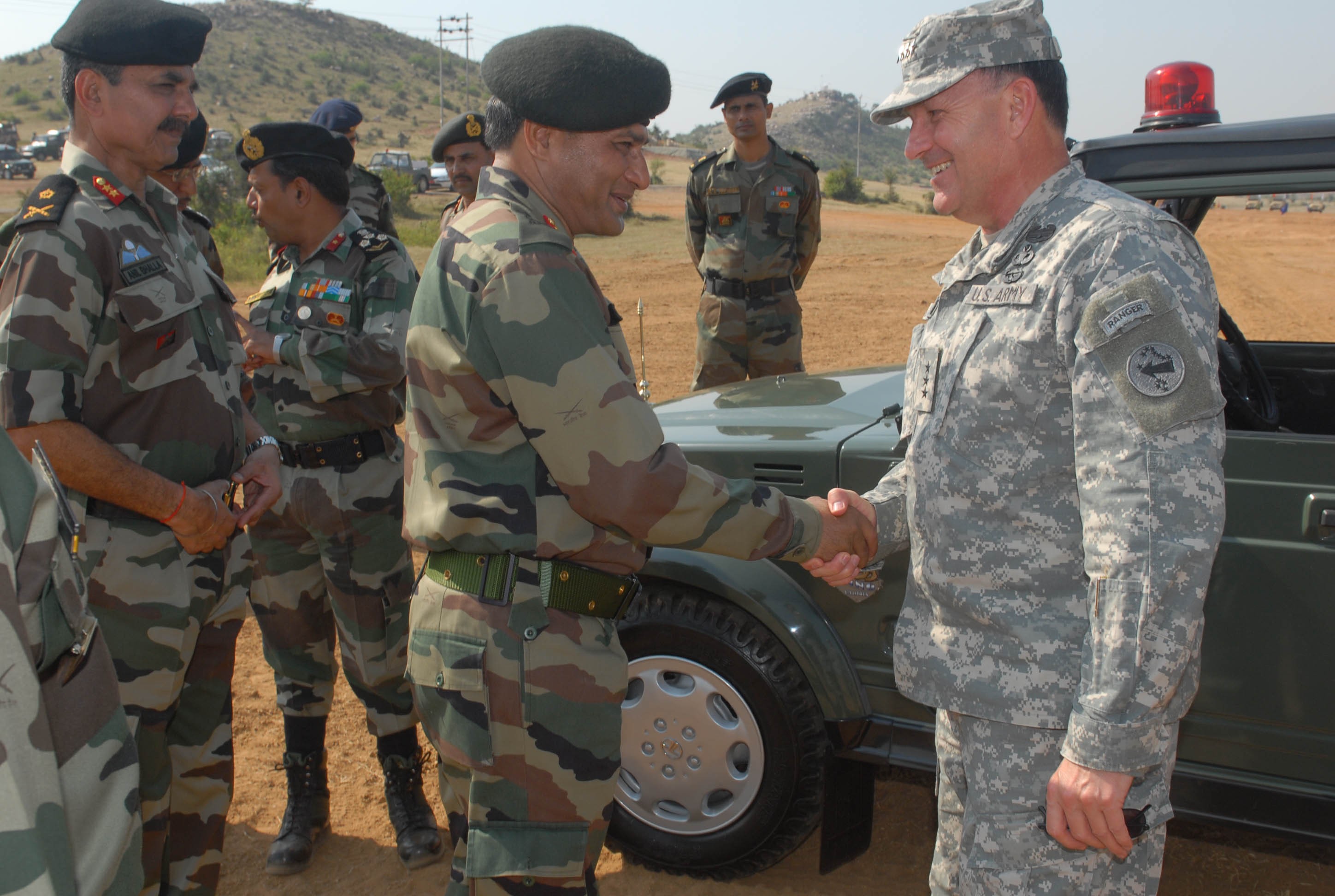
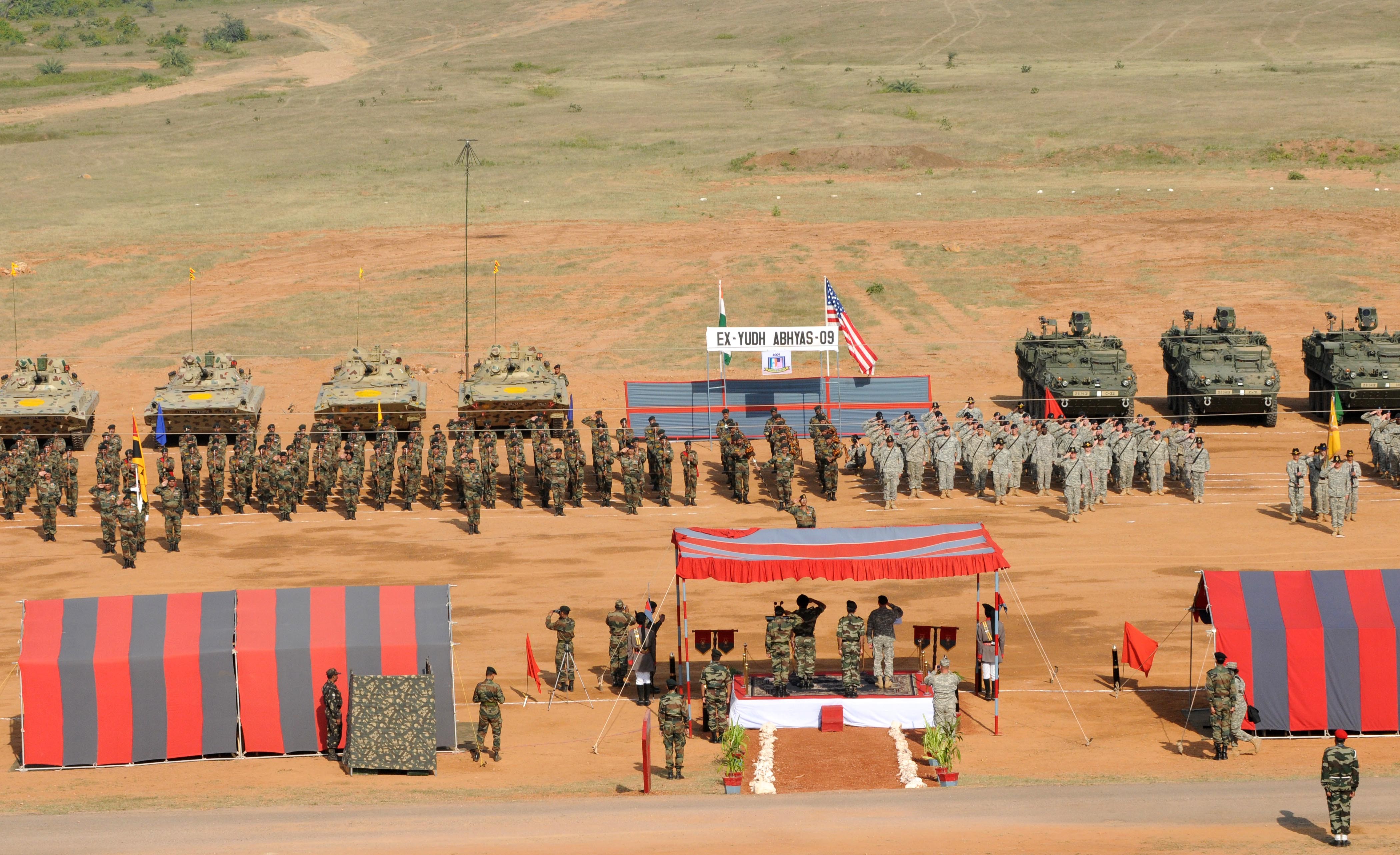
Social Sharing